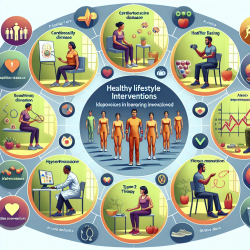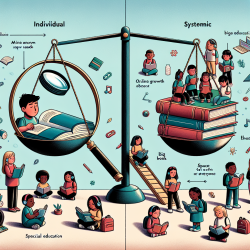The research focuses on recording whole nerve action potentials from the round window of a cat's cochlea. By presenting a 500-Hz signal at varying durations and intensities, and using high-pass masking noise, the researchers aimed to isolate responses from the apical region of the cochlea. The results indicated that low-level, 10-msec duration signals predominantly elicited responses from the apical region, suggesting that specific signal conditions can effectively target different frequency regions along the basilar membrane.
Key Findings and Their Implications
The study's findings have significant implications for practitioners aiming to improve their skills in auditory assessment and therapy:
- Frequency Specificity: The research demonstrates that low-frequency signals, when used with high-pass masking, can isolate responses from specific regions of the cochlea. This is crucial for assessing the integrity of the auditory system in cases where conventional methods are inadequate.
- Signal Duration and Intensity: The study highlights the importance of signal duration and intensity in eliciting responses from different cochlear regions. Practitioners can use this knowledge to fine-tune their assessment protocols for more accurate diagnostics.
- Non-linear Effects: The research also points out potential non-linear effects such as distortion products, which can affect the interpretation of derived waveforms. Being aware of these effects can help practitioners make more informed decisions in their assessments.
Encouraging Further Research
The study by Tyler and Dalzell is a stepping stone towards a deeper understanding of low-frequency auditory responses. It underscores the need for further research to validate and expand upon these findings. Practitioners are encouraged to delve into the original research and consider conducting their own studies to explore the potential of low-frequency stimuli in auditory assessments.
To read the original research paper, please follow this link: Derived Whole Nerve Action Potentials in Response to Low-Frequency Stimuli










